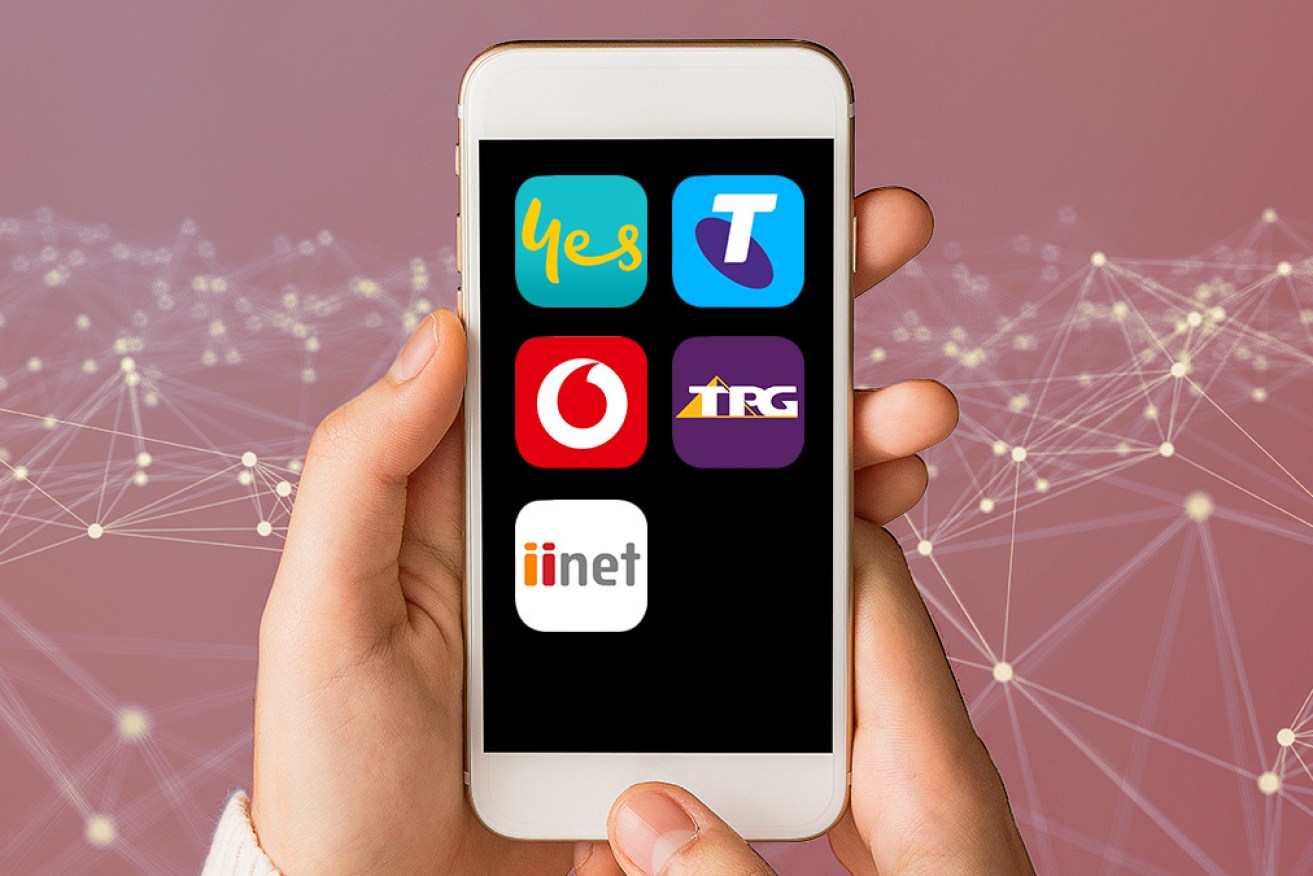Telstra notches 5G rollout milestone, accuses rivals of ‘ignoring’ regional Australia


Telstra says its 5G network now reaches 75 per cent of the population. Image: TND/Getty
The 5G network rollout race is heating up, with Telstra hitting a milestone and accusing its competitors of ‘ignoring’ regional Australia with their coverage.
Telstra this week announced that it had achieved its target of extending its 5G network coverage to 75 per cent of the population by the end of June.
“One of our priorities over the last year was bringing Telstra 5G to as many people as possible and this major milestone means that now three-quarters of Australians live where there is Telstra 5G,” the firm’s group executive of networks & IT Nikos Katinakis said.
Telstra now has “more than 1.5 million 5G devices live on our network and we’re adding thousands more every week as we continue switching on more 5G sites across the country,” Mr Katinakis said.
Telstra boasts the nation’s largest 5G network, but rival telco firms Optus and Vodafone are also expanding their reach and vying for customers.
Last month, Optus announced that it had one million 5G mobile devices live on its network.
Optus’s 5G Home Internet is currently available to more than 830,000 households, a spokesperson for the firm said.
A spokesperson for TPG Telecom, which owns Vodafone, said the firm was on track “to reach 85 per cent 5G population coverage in the top six cities of Sydney, Melbourne, Brisbane, Perth, Adelaide and Canberra by the end of the year”.
The firm is seeing “strong appetite” among customers for alternatives to the national broadband network (NBN), the spokesperson said.
“Our 4G fixed wireless customer base has almost tripled since the start of the year, and 5G will take our fixed wireless offering to a new level,” they said.
World record 5G call a good signal for remote Australia
In another 5G milestone, Telstra and Ericsson announced they had set a world record for the longest-distance 5G standalone call.
The call reached over 113 kilometres from a Telstra commercial mobile site in Gippsland, Victoria.
One of the drawbacks to 5G is that it has a shorter range than 4G and therefore requires more infrastructure, but Telstra’s long-range call success is a sign that those in rural and remote areas of the nation can be catered to.
The record is “a huge win for rural and regional Australia, giving Telstra another coverage capability option”, Ericsson Australia and New Zealand boss Emilio Romeo said.
Mr Katinakis accused Telstra’s competitors of “largely ignoring regional Australia, at least as far as 5G is concerned”.
“We’ve extended Telstra 5G well beyond the inner cities to our suburbs, regional centres and rural areas,” he said.
“We have almost three times the number of 5G sites as our nearest competition and nearly twice the amount of people covered.”
But a spokesperson for Optus, Australia’s second biggest telco provider, said the firm was “focused on delivering the best ‘true’ 5G service, not rolling out the fastest”.
“It’s not about speed to market or size for us, it’s about delivering our customers with the best and fastest 5G experience possible,” they said.
“Just last month Optus also announced Bathurst as our first regional town in Australia to get access to our award-winning 5G service with next generation connectivity now enabled across much of the city.”
5G v 4G
Despite the rise of 5G, the 4G network will continue to be expanded and will “play a crucial role in the future”, Mr Katinakis said.
Telstra’s 4G network currently spans than two million square kilometres and reaches 99.4 per cent of the population, and the firm is aiming to match its 3G network’s 99.5 per cent coverage.
If 5G is available in your area and you’re wondering whether it’s worth upgrading, here’s a rundown of the major advantages:
- Increased capacity: With about 10 times the capacity of its predecessor, 5G allows many more devices to connect to the network at the same time
- Faster download speeds: 5G is about 100 times faster than 4G, with minimum download speeds of 100Mbps, and a peak of 20Gbps
- Lower latency (the lag user experience when using a mobile network): 4G has a typical latency of about 60 milliseconds versus about one millisecond for 5G.








